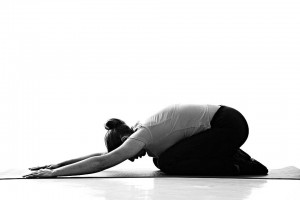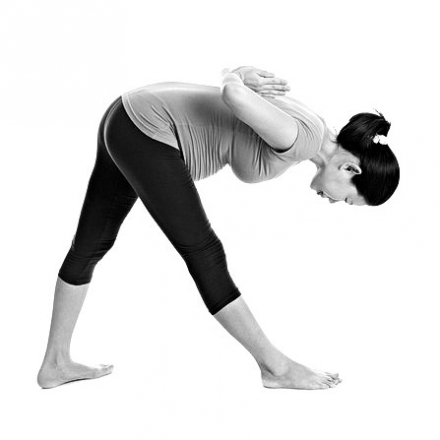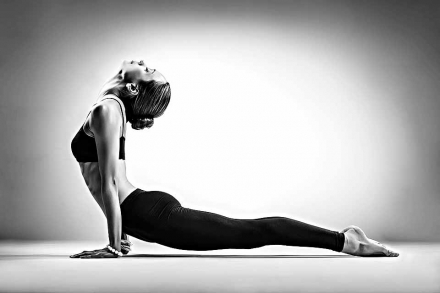With almost 30 million people in the United States that have diabetes, this disease is anything but uncommon. This disease affects everyone regardless of age, gender, or race, and the number of people with diabetes seems to keep rising. There is no reason that one who has been diagnosed with either Type I or Type II diabetes should have to suffer from some of the painful symptoms associated with the disease. Symptoms of diabetes are often agonizing and can include:
- Frequent Urination
- Increased Thirst
- Extreme Hunger
- Irritability
- Fatigue
- Blurred Vision
- Frequent Infections
Diabetes causes abnormal levels of glucose in the system that leads to high blood sugar levels. Controlling blood sugar levels in the body can be easily regulated with a well-balanced approach to lifestyle, dietary choices, and exercise. Learning how to manage diabetes is important, and with the increased number of cases of diabetes people are beginning to look at different approaches to keep blood sugar balanced. Yoga has been gaining recognition as an excellent aid as a balanced and natural element to keeping diabetes under control.
How Yoga Can Help with Diabetes
Regulates Blood Sugar Levels
When practiced regularly, yoga can help to lower and maintain healthy blood sugar levels in the body. When blood sugar levels are lowered in the body, painful symptoms of diabetes are reduced and there is increased opportunity for a better quality of life. A regular yoga practice will also help lower blood pressure and slow the progression of the disease.
Aids in Weight Loss and Weight Management
Proven to help people lose and maintain a healthy weight, yoga is an excellent choice of exercise for weight loss and management, both of which are key for people that suffer from diabetes. Obesity is one of the major triggers of diabetes and with yoga being low impact, it is an excellent option for people that are particularly overweight. When practiced regularly yoga will help weight loss and aid in keeping it off.
Decreases Stress
It is no secret that stress is a major cause of disease. Not only does stress help trigger disease, but it also helps fuel it. Diabetes is no exception, and prolonged or serious issues with stress will only help fuel the fire. When the body is exposed to stress, it increases the emission of glucagon hormones in the body which are responsible for increasing blood sugar levels. When practiced for even just a few moments each day, yoga helps to reduce stress and bring a sense of calm to one’s entire system.
Starting Your Practice
When beginning a yoga practice for diabetes it is important to stick to simple asanas. Yoga is not something to be rushed, and your body will begin to respond naturally to these poses over time. Even when practiced for just ten minutes each day, yoga offers amazing benefits and results will be quickly noticed. Focusing on smooth, even stretches that your body is capable of doing rather than heavy physical exertion will allow you to reap the most benefits from your practice and help you get in shape at a pace your body can handle. Begin by holding each posture for 5-10 seconds and increase the duration of each pose for up to one minute as you begin to feel more comfortable.
Yoga poses that are specific to diabetes help increase blood flow to the pancreas. When there is an increase of blood to the pancreas, cells here are rejuvenated and insulin is produced more easily in the body. More insulin means more regulated blood sugar levels and decreased risk for further problems. Yoga is great for relieving tension while relaxing your entire system.
10 Best Yoga Poses for Diabetes
Seated Forward Bend (Paschimottanasana)
This seated forward bend allows for more blood flow to the face and helps aid in stomach function. It is an excellent pose for relaxing the back and the arms. If you are prone to back pain or have any spinal injuries you should avoid this pose.
Bow Pose (Dhanurasana)
This pose builds length and flexibility in the spine and bends back in the opposite direction of the seated forward bend. Excellent for people with diabetes, this pose helps to regulate the pancreas and helps massage the digestive organs.
Bridge Pose (Setu Bandhasana)
Help keep your blood pressure under control by practicing bridge pose. This pose will not only help with blood pressure levels, but will stretch the neck and spine while improving digestion. It is important stay away from bridge pose if you have a neck or back injury.
Thunderbolt Pose (Vajrasana)
Thunderbolt pose is excellent for those new to yoga and will help tremendously with issues related to diabetes. This pose aids greatly in kidney function and helps to eliminate accumulated waste. Indigestion repressed with this pose, and it is also an excellent way to help you relax and reduce stress.
Shoulder Stand (Sarvangasana)
With a little practice, shoulder stand will become an integral part of your yoga practice for diabetes. This pose stimulates the thyroid and parathyroid glands which in turn help regulate metabolism. Shoulder stand is great for blood circulation as well. Avoid this pose if you have high blood pressure or have suffered from a neck injury.
Plough Pose (Halasana)
Plough pose is one of the cornerstones for diabetes and is excellent for maintaining health in the kidneys, intestines, and pancreas. This pose will eliminate fat from the waist and improve thyroid function. Be sure to avoid this pose or take extreme caution if you have a slipped disc or high blood pressure.
Wheel Pose (Chakrasana)
This pose is very similar to a backbend and is an excellent aid to strengthen the pancreas, kidneys, and liver. Wheel pose also causes the aorta to stretch in the heart and will strengthen this organ tremendously. This asana is slightly advanced, but with practice and supervision will become an essential part of your yogic activity. It is important to avoid this pose if you are prone to back problems.
Spinal Twist (Ardha-Matsyendrasana)
Managing diabetes gets easier with the spinal twist by applying beneficial stress to the pancreas. This helps to secrete insulin to the body which is excellent for managing blood sugar levels. This pose is also a great way to keep the spinal cord flexible and strong.
Symbol of Yoga Pose (Mudrasana)
Mudras are hand gestures that are excellent in balancing certain parts of the body. Although they can be performed anywhere at any time, it is most beneficial to perform these gestures while sitting in lotus pose. Agni Mudra is the most beneficial for diabetes and acts to reduce liver problems, strengthen the body, and reduce cholesterol levels.
Child’s Pose (Balasana)
 Child’s pose is literally relaxation yoga. This pose is easy for anyone to do and will offer overall benefits to the entire system. It is also excellent in aiding stress-related symptoms that are common in diabetes patients.
Child’s pose is literally relaxation yoga. This pose is easy for anyone to do and will offer overall benefits to the entire system. It is also excellent in aiding stress-related symptoms that are common in diabetes patients.
When you begin to incorporate yoga into your lifestyle it becomes an integral part of diabetes management. Alternative health care is receiving more and more attention every year as people begin to realize that not all conventional treatments work the same for everyone. Not only can yoga be done anywhere, it is excellent in relieving stress hormones that greatly contribute to diabetic symptoms.
People that suffer from diabetes have found that yoga combined with a good diet and proper attention to their symptoms have a greater quality of life than those that do not practice yoga. Holistic living and awareness of mind, body and soul has the potential to create a life that is balanced and full of deeper meaning. Quality of life can be found for those that suffer from diabetes and yoga is an important part of finding health and happiness even in the midst of disease.
Yoga greatly helps to reduce stress as it helps one to approach a more mindful way of living. When you begin to practice yoga, you will find that you become more aware of your body and your entire system becomes responsive to the positive reactions that are produced within. When yoga becomes a regular part of your life more focus is placed on healthy choices that will greatly contribute to overall health and well-being.
If you suffer from diabetes or know someone that does, introducing yoga will help create the harmony that is the essence of life. There is no need to suffer when you find the increased awareness that yoga offers. Simply tolerating your condition will vanish as you find increased peace when you incorporate yoga for diabetes into your regular routine. A lightness of being will permeate where there once seemed no hope. You have undoubtedly heard that yoga will change your life, and for those that suffer from diabetes this is no exception. Life, with yoga, is enhanced. When you begin a regular practice, you will find your life and diabetic symptoms but a shadow of what yoga has helped you become.
2














